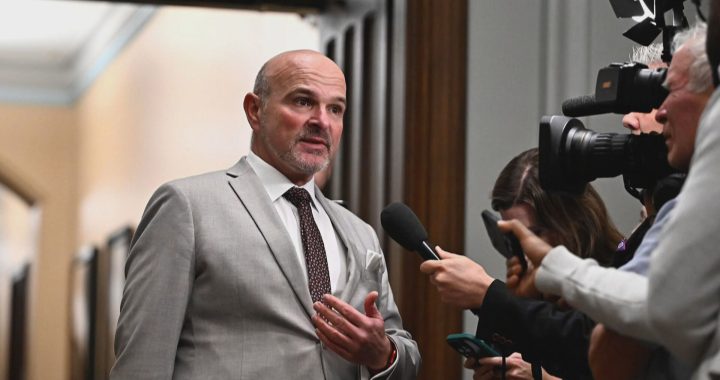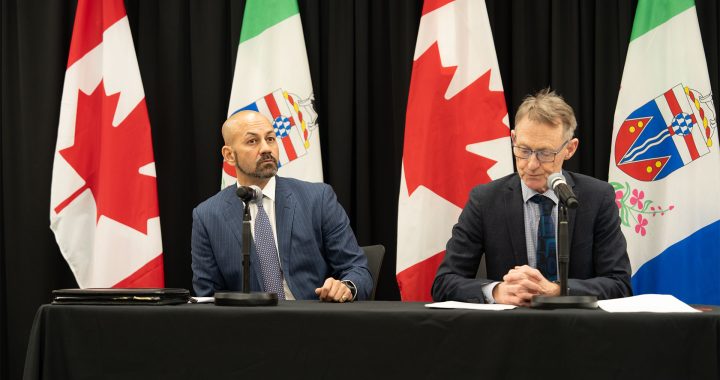Melissa Ridgen
InFocus
Substandard media coverage of Indigenous people or issues has been well-documented and criticized over the years but in this era of reconciliation, has it improved?
That was the topic of this episode of APTN InFocus on Wednesday.
APTN’s first-ever news director Dan David, who was with the network when it began 20 years ago, and Carmen Robertson, who co-author of the book Seeing Red: A History of Natives in Canadian Newspapers both pointed out that you don’t have to go far back in time to see media ignorance or bias bleed into coverage of stories involving Indigenous people.
The tone and structure of stories about Colten Boushie, who was shot dead by a Saskatchewan farmer when a car he was in trespassed on Gerald Stanley’s property in 2016, and the murder of Winnipeg teen Tina Fontaine back in 2014 were cases in point.
“It’s the falling back on really troubling stereotypes representing family in really destructive ways,” Robertson said. “Falling to a sort of colonial and very racialized discourse that was going on, I would say across the board in the mainstream media.”
And more recently, the mighty New York Times was under fire for perpetuating stereotypes of Inuit in a story about how art was supposed to save Cape Dorset, Nunavut.
The Native American Journalists Association (NAJA) was quick to call for an audit of the story.
APTN News Executive Producer Francine Compton and Graham Lee Brewer are directors with NAJA and shared what came of that discussion with the New York Times, and said newsrooms everywhere have a duty to tell these stories more respectfully and accurately.
“In Canada and America we have a very similar backstory, in terms of colonization and settler colonialism,” Brewer said .”And I think those colonial histories, those pieces of context that help a reader understand how a community came to be experiencing these things that that reporter is there covering, are often lacking. That usually starts with the reporter themselves.”
NAJA has put together a toolkit for journalists to avoid many of the common pitfalls of reporting in or about Indigenous communities.
The advocacy organization is expanding its reach to Canada and hopes to see coverage improve.
There are some easy first steps newsrooms can implement, Compton said. Having more Indigenous journalists throughout newsrooms is a big one.
Nippissing First Nation member Les Couchie shared some of his collection of old eyebrow-raising headlines he dug up from the Toronto dating back to 1909.
He posts some of them on his Facebook page.
In an APTN social media poll, 94 per cent of respondents said they feel the media doesn’t fairly treat or cover stories involving our people.










